Spatholobus – ji xue teng,Millettia spatholobus
[Medicinal] The vine stem of Spatholobus suberectus Dunn., a climbing shrub of the Leguminosae family.
[Nature and flavor and meridians] Bitter, slightly sweet, warm. Enters the liver and kidney meridians.
[Effects] Activate blood circulation and regulate menstruation, nourish blood and dredge collaterals.
[Clinical application] 1. Used for irregular menstruation, dysmenorrhea, amenorrhea, etc. Millettia spatholobus has the function of regulating menstruation and can be used for irregular menstruation, amenorrhea, dysmenorrhea, and it also has the function of nourishing blood, so it is also suitable for various symptoms of irregular menstruation caused by blood deficiency. It is often used together with Angelica sinensis and Chuanxiong.
2. Used for limb numbness and rheumatic pain Millettia spatholobus can both activate blood circulation and nourish blood, and has the function of relaxing muscles and activating collaterals. It can be used for limb numbness, rheumatic pain, etc., regardless of blood deficiency and stasis. It is often used in combination with drugs that replenish blood, activate blood circulation and dispel wind and dredge collaterals.
[Prescription name] Millettia caulis (wash, dry, slice for use)
[General dosage and usage] Three to one tael, decoct and take.
Introduction to Millettia caulis
[Other name] Blood Wind Teng
[Pinyin] JI xue teng
[Name in English] Spatholobi Caulis.
[Ingredients] Fragrant flower rock bean vine contains millettia caulis alcohol.
[Processing and collection] It can be harvested throughout the year, or harvested from September to October, cut into segments about 40 cm long, and dried.
[Medicinal material identification] ① The vine stem of dense flower bean is flat cylindrical, slightly curved, and 2 to 7 cm in diameter. The surface is gray-brown, and the cork peeling is reddish-brown, with obvious longitudinal grooves and small dot-shaped lenticels. The cross section shows a small pith, which is biased to one side, the wood is light red, the ducts are irregularly arranged in the shape of holes, and the phloem has resinous secretions that are reddish-brown or black-brown. The two are arranged alternately in an eccentric semicircular ring. The texture is solid, difficult to break, and the fracture surface is in the shape of irregular slivers. Slight smell, astringent taste.
Produced in Guangxi.
② The dried vine stems of the white flower sleeve hemp vine are flat cylindrical, slightly curved, about 40 cm long, about 4.5 cm long diameter, and about 3 cm short diameter. The surface is gray-brown, and the cork peels off and is reddish brown. There are obvious longitudinal grooves and transverse lenticels, and the nodes are slightly protruding, sometimes with branch marks. There is an eccentric pith in the center of the cross section (the central one is extremely rare), the xylem is light reddish brown, the phloem is reddish brown to brown-black rings, and the outside of the phloem is a concentric semicircular ring of xylem and phloem arranged alternately. When fresh, the brown ring part has bright red juice flowing out, which looks like chicken blood. After the juice dries, it condenses into bright black glue-like spots. The texture is hard, and it is flaky when broken. Slight smell, astringent taste. The best ones are those with uniform strips, reddish-brown layers on the cut surface, and exudates.
Mainly produced in Guangxi.
③ The dried vine stems of Fragrant Flower Rock Bean Vine, also known as Fengcheng Chicken Blood Vine. It is cylindrical, with gray-brown surface and longitudinal stripes. The cross-section of the skin occupies 1/4 of the radius, densely covered with reddish-brown gelatinous spots, gradually sparse outward, the wood is yellow, and the vessels are pore-shaped. The texture is solid. The smell is slight and the taste is slightly bitter. The ones with gray-brown outer skin, light yellow inner color, and five layers are preferred.
Produced in Jiangxi, Fujian, Yunnan, Sichuan and other places.
④ The dried vine stems of Bright Leaf Rock Bean Vine are similar to the above species.
Produced in Guangxi.
In addition to the above varieties, there are also the following types of Chicken Blood Vine medicinal materials:
① The vine stems of the Akebia plant, produced in Henan, Fujian, and Guangdong, and are widely used. See the “Big Blood Vine” entry.
② The vine stems of the evergreen oil-leaved vine of the Leguminosae plant. The medicinal material is cylindrical, with a diameter of 3 to 15 cm. The surface is gray-brown and rough, with longitudinal grooves, transverse rings and warty lenticels, and traces of tumor-like lateral branches can still be seen. The cross-section of the cortex is thin, the phloem has resinous secretions and is brown, the parenchyma is gray-yellow, and the ducts are hole-like, mostly arranged in a radial and neat manner. The phloem and xylem are arranged alternately in several layers of concentric rings, the pith is small, and the rays are dense and radial. The texture is hard and heavy, difficult to break, and the broken surface is fibrous. The smell is weak, the taste is astringent and slightly sweet. It is produced in Fujian. See the entry “Niuma Teng”.
③ The vine stems of the leguminous plant Kunming Millettia reticulata are produced in Guangdong, Guangxi, Gansu and other places. See the entry “Kunming Millettia reticulata”.
【Pharmacological action】① Fengcheng Millettia spatholobi tincture gavage to rats (40%, 0.5 ml/100 g) has a significant effect on formaldehyde-induced “arthritis”. When the decoction or tincture is injected intravenously, the equivalent of 0.01-0.4 g/kg of the raw drug has no significant effect on the respiration, blood pressure and vascular perfusion of the lower limbs of anesthetized dogs. Intraperitoneal injection of tincture (10 ml/kg) to rats has a sedative and hypnotic effect. Dogs died of poisoning when injected intravenously with 4.25 g/kg of the raw drug. After injecting p32 into mice, the “relative radioactivity” of total p32 in tissues was measured. It was observed that Millettia spatholobi (unspecified species) decoction (0.25 g/ml, once a day, 0.5 ml gavage, a total of 3 days) can promote total phosphorus metabolism in the kidneys and uterus. It is believed that this is a reflection of Millettia spatholobi enhancing the energy metabolism and anabolism of the kidneys and uterus of mice. In addition, it can also promote the excretion of water and chloride in mice.
② The decoction of the dried root of the dense flower bean has an inhibitory effect on the isolated and in vivo toad heart, and can reduce the blood pressure of anesthetized rabbits and dogs; it has a contraction effect on the isolated rabbit ears and toad blood vessels.
[Processing] Soak with water, slice, or steam and slice while hot, and dry in the sun.
[Functions and indications] Activate blood circulation and relax muscles. Treat waist and knee pain, numbness and paralysis, and irregular menstruation.
① “Supplement to Compendium of Materia Medica”: “It can activate blood circulation, warm the waist and knees, and cure paralysis.”
② “New Compendium of Materia Medica”: “It can nourish the middle and dry the stomach.”
③ “New Reference to Medicinal Pieces”: “It can remove blood stasis, generate new blood, and make the meridians smooth. It can treat summer heat and wind and blood arthralgia.”
④ “Modern Practical Chinese Medicine”: “It is a tonic blood tonic, suitable for anemic nerve paralysis, such as limb and waist and knee pain, numbness, etc. It is also used for women with irregular menstruation and amenorrhea, and has the effect of activating blood circulation and relieving pain.”
【Nature and flavor】Bitter and sweet, warm.
① “New Reference to Medicinal Pieces”: “bitter, fragrant and slightly sweet.”
② “Compendium of Materia Medica”: “warm.”
③ “Chinese Herbal Medicine” in Jiangxi: “bitter, warm and slightly sweet.”
Enters the heart and spleen meridians
“Compendium of Materia Medica”: “Enters the heart and spleen meridians.”
[Usage and Dosage] Oral administration: decoction, 3-5 qian (large dose 1 liang); or soak in wine.
[Dos and Don’ts] In addition to the above-mentioned Millettia reticulata, Jiangxi Province has the leguminous plant Fengcheng Millettia reticulata, also known as Mountain Millettia reticulata. Millettia reticulata is cylindrical and has only one circular ring formed by exudates. Guangxi also uses the leguminous plant bright leaf Millettia reticulata as Millettia reticulata. Luquan County, Yunnan uses the leguminous plant Croton vine as Millettia reticulata. Fengqing County, Yunnan (formerly known as Shunning) uses the vine stems of the Magnoliaceae Schisandrae chinensis and the intermediate Schisandrae chinensis as Millettia reticulata. According to the “Chinese Pharmacy Dictionary”, Millettia reticulata is the original Millettia reticulata of the Qing Dynasty.
【Storage】Place in a ventilated and dry place to prevent mold and moth.
【Meridian】Meridian_Spleen Meridian
【Remarks】 (1) There are many varieties with the same name, the most common ones are: Millettia dielsiana Harms ex Diels.; Millettia reticulata Benth.; Millettia nitida Bent.; Millettia sempervirens Hemsl.; Mucuna sempervirens Hemsl.; Mucuna birdwoodiana Tutch.; its vine is called blood wind vine in Guangzhou, and some people use it as chicken blood vine; Sargentodoxa cuneata (Oliv.) Rehd. et Wils. … (2) Yunnan Millettia vine paste is not made from the stems of the original Millettia vine plant of the Leguminosae family. It is mainly made from the stems of the vines of Kadsura interior A. C. Smith and K. heterolita (Roxb.) Craib, both of which are plants of the genus Schisandra in the Magnoliaceae family. The product is often called “Fengqing (formerly Shunning) Millettia vine paste”. This paste is not a single paste, but is often prepared with the addition of Achyranthes bidentata, safflower, black beans, glutinous rice and maltose. There is also the so-called “Luquan Millettia vine paste”, which is made from the stems of Craspedolobium schochii Harms of the Leguminosae family. It is often a single paste. Due to the different sources of the medicinal materials, their therapeutic effects are also inconsistent.
[Plant morphology] ① Dense flower bean, also known as: Three-leaf Millettia vine.
Climbing shrub. Stem is hairless. There are 3 leaflets, which are broadly elliptic, 12-20 cm long and 7-15 cm wide, with sharp tips and round or nearly cordate bases. They are sparsely covered with short stiff hairs on the upper surface and along the veins on the lower surface, with beards between the vein axils. There are many flowers, arranged in large panicles; the flowers are about 10 mm long; the calyx is tubular, with short white stiff hairs on both sides, 5 calyx teeth, triangular, and the 2 teeth on the upper side are nearly connate; the corolla is butterfly-shaped, white; the anthers are 2-shaped, 5 large and 5 slightly smaller; the ovary is densely covered with short white stiff hairs. The pods are knife-shaped, 8-10.5 cm long and 2.5-3 cm wide, covered with pubescence, with reticulate veins, thickened along the ventral suture, and only one seed at the top.
Grown in forests or shrubs. Distributed in Guangdong, Guangxi, Yunnan and other places.
② White flowered oil vine
Vine. The leaves are pinnate compound leaves. There are 3 narrow leaflets, leathery, oblong-elliptic to ovate-elliptic, 8-16 cm long, 2.5-7.5 cm wide, with acuminate apex, broad cuneate base, glabrous or sparsely hairy on both sides. The lateral leaflets are smaller, oblique at the base; petiole glabrous, petiolules with sparse long hard hairs; stipules ovate, caducous. The racemes are axillary, 30-38 cm long; with 20-30 flowers; calyx campanulate, calyx teeth 5, upper 2 teeth fused, with sparse brown long hard hairs; corolla butterfly-shaped. Off-white, 7.5-8.5 cm long, the standard petal ovate-elliptic, about 1/2 the length of the keel petal; stamens in two groups of 9+1, anthers 2-shaped; ovary densely rusty short soft hairs, style filiform. The pods are woody, oblong, 22 to 40 cm long, about 3 cm wide, covered with brown short soft hairs, with narrow wings on both sides, and there is a contraction between the seeds; there are more than 10 seeds, kidney-shaped, black. Flowering and fruiting period is from April to September.
Distributed in Guangdong, Guangxi and other places.
③ Fragrant flower rock bean vine, also known as: chicken blood vine, intestinal blood vine, bitter vine, pig vine, big live blood, mountain dragon, wild milk bean.
Climbing shrub. Young branches and inflorescences are covered with golden yellow hairs. Pinnate compound leaves are alternate, with 5 leaflets, narrowly elliptical, or lanceolate, 5 to 15 cm long, 2.5 to 5 cm wide, with obtuse tips, rounded cuneate bases, sparsely short hairs or hairless below; small stipules are conical. The panicle is terminal and can be up to 15 cm long. Calyx bell-shaped, densely covered with rusty hairs; butterfly-shaped, purple, 1.2-2 cm long; standard petal elliptical, with short claws at the base, white outside, densely covered with rusty silky hairs; stamens in two groups of 9+1; pistil ovary densely covered with long hairs. Pods are linear, 7-12 cm long, about 2 cm wide, nearly woody, densely covered with yellow-brown hairs. Seeds are flat and oblong. Flowering season is summer. Fruiting season is autumn.
Grown in hillside shrubs. Distributed in Zhejiang, Jiangxi, Fujian, Guangdong, Guangxi, Hunan, Hubei, Sichuan, Yunnan, Guizhou and other places.
The root of this plant (rock bean root) is also used for medicinal purposes, see the special article.
④ Bright-leaved rock bean vine, also known as: blood knot vine, blood vine, blood tendon vine.
Climbing shrub. The morphology is similar to the above species, with young branches with flat and silky fine hairs, which become smooth later. The leaflets are lanceolate or ovate, 5-8 cm long, and shiny on both sides. The panicle is terminal, 6-10 cm long; the flower is about 2 cm long; the calyx is bell-shaped, densely covered with silky hairs; the corolla is purple, the standard petal is white on the outside, with silky hairs, and there are 2 callus-like appendages at the base. The pods are strip-shaped and rectangular, 10-14 cm long, with villi; there are 4-5 seeds.
Growing by streams and under sparse forests in valleys. Distributed in Guangdong and Guangxi.
[Clinical application] Treatment of amenorrhea
10-30 ml of Millettia spatholobi syrup, taken 3 times a day, for a course of 1-4 weeks. 190 cases were treated, and 65 cases were effective recently. Generally, menstruation is regulated 7-20 days after taking the medicine.
[Medicinal part] The vine stems of leguminous plants such as dense flower beans, white flower oil vine, fragrant flower rock bean vine or bright leaf rock bean vine.
[From which book] “Supplement to Gangmu”
Where is the main origin of Millettia spatholobi?
It is mainly produced in Guangxi.
Where is the main part of Millettia spatholobi used as medicine?
The medicinal part of Millettia spatholobi:
It is the dried vine stem of Spatholobus suberectus Dunn, a plant of the Leguminosae family.
The characteristics of the medicinal part of Millettia spatholobi:
This product is an oval, oblong or irregular oblique slice, 0.3~1cm thick. The cork is gray-brown, and some can be seen with gray-white spots. The cork peels off and is red. It is hard
The cut wood is red-brown or brown, with many duct holes; the phloem has resinous secretions that are red-brown to black-brown, and are arranged alternately with the wood in several concentric oval rings or eccentric semicircular rings; the pith is biased to one side. The smell is slight and the taste is astringent.
How are Millettia reticulata recorded in ancient books?
“Supplement to Compendium of Materia Medica”: “Strengthen muscles and bones, relieve soreness and pain, and it is best taken with wine for the elderly; treat elderly blood deficiency, numbness of hands and feet, paralysis and other symptoms; male weakness, infertility and leucorrhea; men and women with cold stomach pain; women with irregular menstruation, red and white vaginal discharge, women with dry blood and cold uterus and infertility.
“New Reference to Medicinal Pieces”: “Remove blood stasis, generate new blood, smooth the meridians, treat summer heat, wind and blood arthralgia.
Etkileri ve İşlevleri
Milleria reticulata has the effects of promoting blood circulation, regulating menstruation and relieving pain, and relaxing muscles and activating collaterals.
What are the main effects and clinical applications of Millettia reticulata?
Milleria reticulata is used for irregular menstruation, dysmenorrhea, amenorrhea, rheumatic pain, numbness and paralysis, blood deficiency and chlorosis. Irregular menstruation, amenorrhea and dysmenorrhea
Treat those caused by blood stasis, often used with Angelica sinensis, Chuanxiong, Cyperus rotundus, etc.;
·Treat those caused by blood deficiency, often used with Angelica sinensis, White Peony Root, Chuanxiong, etc.
Blood deficiency and chlorosis
Can be used alone, or with Astragalus, Angelica sinensis, Rehmannia glutinosa, etc.
Rheumatic pain, numbness and paralysis
·Treat rheumatic pain, numbness of limbs, can be used with Achyranthes bidentata, Clematis chinensis, Viscum album, etc.;
Treat stroke qi and blood deficiency, blood stasis, limb paralysis, often used with Astragalus, Pheretima, Safflower, etc.
What other effects does Millettia reticulata have?
Common medicinal recipes for Millettia reticulata are as follows
Amenorrhea, premenstrual abdominal pain, postpartum abdominal pain
100g Millettia reticulata, 200g Leonurus japonicus, 200g brown sugar
Wash the above ingredients, add appropriate amount of water to a pot, boil over high heat, simmer for 30 minutes over low heat, concentrate to about 100mL, add brown sugar to dissolve, and simmer for 15 minutes. Take 10g each time, twice a day, 3 to 5 days as a course of treatment.
Irregular menstruation, dysmenorrhea, pathological amenorrhea
30g Millettia reticulata, 2 eggs, appropriate amount of white sugar.
Wash the eggs and Millettia reticulata separately, add water and cook until the eggs are cooked, remove the residue, take out the eggs, peel them, put them back into the pot and cook for a while, add white sugar to taste. Drink the soup and eat the eggs. Twice a day.
Rheumatic pain, numbness of hands and feet, paralysis of limbs, menstrual disorder
50g of Millettia reticulata, 10g of safflower, 250g of black soybean, 150g of crystal sugar, appropriate amount of glutinous rice flour:
Boil Millettia reticulata, safflower, and black soybean in water for 4 times, filter the juice, concentrate it on a slow fire, add crystal sugar and glutinous rice paste, and refine it into a paste. Take it with boiled water, twice a day, 15g each time.
What are the compound preparations containing Millettia reticulata?
Milleria reticulata syrup
It has the effects of nourishing blood, activating blood circulation, and unblocking meridians. It is used for irregular menstruation, blood deficiency and sallow complexion, numbness and paralysis, and rheumatic pain.
Gynecological dry gold tablets
It clears heat and removes dampness, replenishes qi and removes blood stasis. It is used for leucorrhea and abdominal pain caused by damp-heat and blood stasis, with symptoms of excessive leucorrhea, yellow and thick color, foul odor, lower abdominal pain, lumbar and sacral pain, fatigue; chronic pelvic inflammatory disease, endometritis, and chronic cervicitis with the above symptoms.
Tiaojing Huoxue Tablets
Nourishes blood and activates blood circulation, promotes qi and relieves pain. Used for irregular menstruation and dysmenorrhea caused by qi stagnation, blood stasis and blood deficiency, with symptoms of delayed menstruation, scanty menstrual flow, Lower abdominal distension and pain during menstruation.
Guanmaining Capsules
Promote blood circulation and remove blood stasis, promote qi and relieve pain. Used for chest stabbing pain, fixed pain, worse at night, restlessness, dark purple tongue, deep and stringy pulse; coronary heart disease, angina pectoris, and coronary artery insufficiency with the above symptoms.
Modern research progress on Millettia reticulata
This product has multiple pharmacological effects such as vasodilation, anti-platelet aggregation, lipid-lowering, improvement of atherosclerosis, promotion of hematopoiesis, analgesia, anti-tumor, and anti-virus.
Kullanım
Millettia reticulata can be decocted, soaked in wine, or boiled into a paste. But no matter which method is used, it needs to be taken according to the doctor’s instructions.
How to use Millettia reticulata correctly?
When decoction of Millettia reticulata is taken orally, the common dosage is 9~15g, and the large dose can be up to 30g.
In addition, Millettia reticulata can also be used for wine soaking. When used with mistletoe and Sichuan cyperus, it has the effects of relaxing muscles and tendons, activating blood circulation and nourishing blood; when used with angelica and astragalus, it has the effects of invigorating qi, activating blood circulation and nourishing blood.
Millettia reticulata is generally used in decoctions, decoctions are taken, and can also be made into powders or pills for consumption. However, the use of Chinese medicinal materials must be treated according to syndrome differentiation and should be used under the guidance of professional Chinese medicine practitioners. It should not be used at will, and it should not be arbitrarily believed in Chinese medicine prescriptions and advertisements.
How to prepare Millettia reticulata?
After the medicinal materials are cleaned, some are cut into thin and thick slices by the moist cutting method.
What drugs should be used with Millettia reticulata at the same time with special attention?
Çin tıbbının birlikte kullanımı ve Çin ve Batı tıbbının birlikte kullanımı, sendrom farklılaştırması ve tedavisini ve klinik olarak bireyselleştirilmiş tedaviyi gerektirir.
Eğer başka ilaçlar kullanıyorsanız, lütfen ilacı almadan önce doktorunuza danışın ve doktorunuzu tüm teyit edilmiş hastalıklarınız ve aldığınız tedavi planları hakkında bilgilendirin.
İlaç Talimatları
Centella spatholobi can promote blood circulation and menstruation, so pregnant women and those with heavy menstruation should take it with caution.
What precautions should be taken when using Centella spatholobi?
Use with caution in those with yin deficiency and hyperactivity of fire, and in those with weak constitution.
İlaç kullanımı sırasında soğuk, çiğ ve soğuk yiyecekler, baharatlı ve yağlı yiyecekler tüketmemeye dikkat edin.
Pregnant and lactating women: If you are pregnant, planning to be pregnant or are lactating, please inform your doctor in time and ask whether Chinese medicine can be used for treatment.
· Children: Children’s medication must be taken under the guidance of a doctor and adult supervision.
Lütfen ilaçlarınızı uygun şekilde saklayınız ve kullandığınız ilaçlarınızı başkalarıyla paylaşmayınız.
İlaç İpuçları
Patients’ most frequently asked questions
Q
What is the effect of compound Centella spatholobi paste?
Compound Centella spatholobi paste is composed of Centella yunnanensis, Cyathula officinalis, Dipsacus asper, safflower, black beans, glutinous rice, and maltose.
It has the effects of promoting blood circulation, nourishing blood, and benefiting the kidneys.
It is used for irregular menstruation caused by blood stasis and kidney failure to nourish the collaterals. Symptoms include delayed menstruation, scanty menstruation, blood clots, backache, lower abdominal prolapse, numbness of hands and feet, and joint pain.
Efficacy of Soaking Chicken Blood Vine in Wine
The nature and flavor of Soaking Chicken Blood Vine are bitter, sweet, and warm. It enters the liver and kidney meridians. It has the effects of promoting blood circulation and replenishing blood, regulating menstruation and relieving pain, and relaxing muscles and activating collaterals. Soaking Soaking Chicken Blood Vine in Wine also has the effects of replenishing blood, activating blood circulation, and unblocking collaterals. Soaking Soaking Chicken Blood Vine in Wine is often used to regulate irregular menstruation, for blood deficiency, sallow complexion, for paralysis and numbness of limbs caused by insufficient qi and blood, and rheumatism and pain caused by blood not moistening joints. It is a good medicine for dredge menstruation, invigorating qi, and activating blood circulation. It can be used in decoctions or soaked in wine. Drinking Soaking Chicken Blood Vine Wine is also a good choice.
Can Compound Yunnan Chicken Blood Vine Paste Treat Irregular Menstruation?
Compound Yunnan Chicken Blood Vine Paste Can Treat Irregular Menstruation.
Compound Yunnan Millettia Spatholobi Paste is composed of Yunnan Millettia Spatholobi, Sichuan Cyathula, Dipsacus Asper, Safflower, Black Bean, Glutinous Rice, and Maltose. It has the effects of promoting blood circulation, nourishing blood, and benefiting the kidney. It is used for irregular menstruation caused by blood stasis and kidney failure, with symptoms of delayed menstruation, scanty menstruation, blood clots, backache, lower abdominal prolapse, numbness of hands and feet, and joint pain.
Efficacy and function of Millettia Spatholobi Granules
Milleria Spatholobi Granules are composed of Millettia Spatholobi.
It has the effects of nourishing blood, promoting blood circulation, and unblocking collaterals. It is used for scanty menstruation, delayed menstruation, blood deficiency, sallow complexion, rheumatic pain, and numbness of limbs.

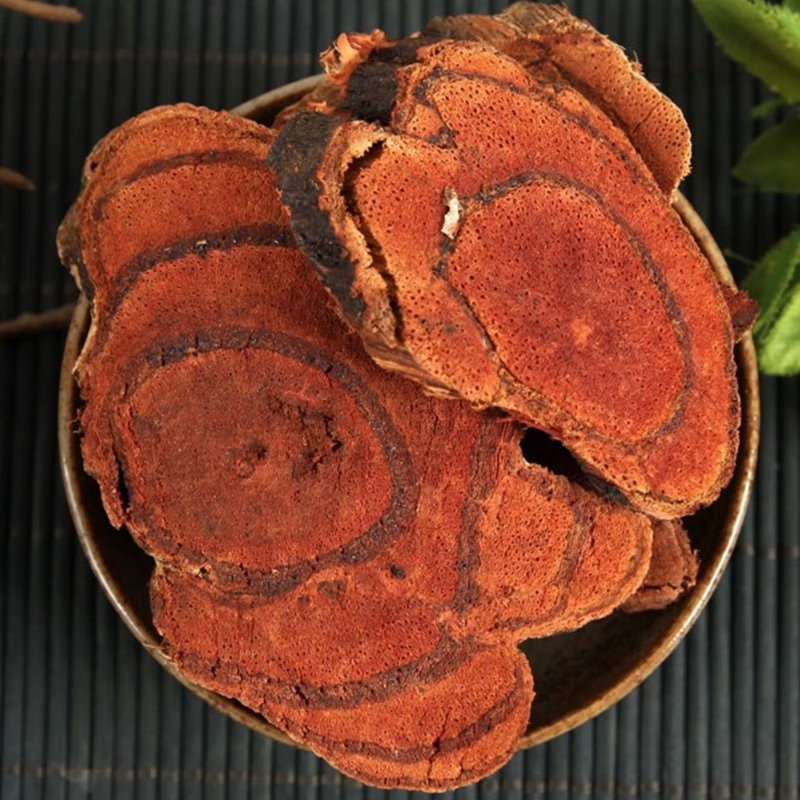
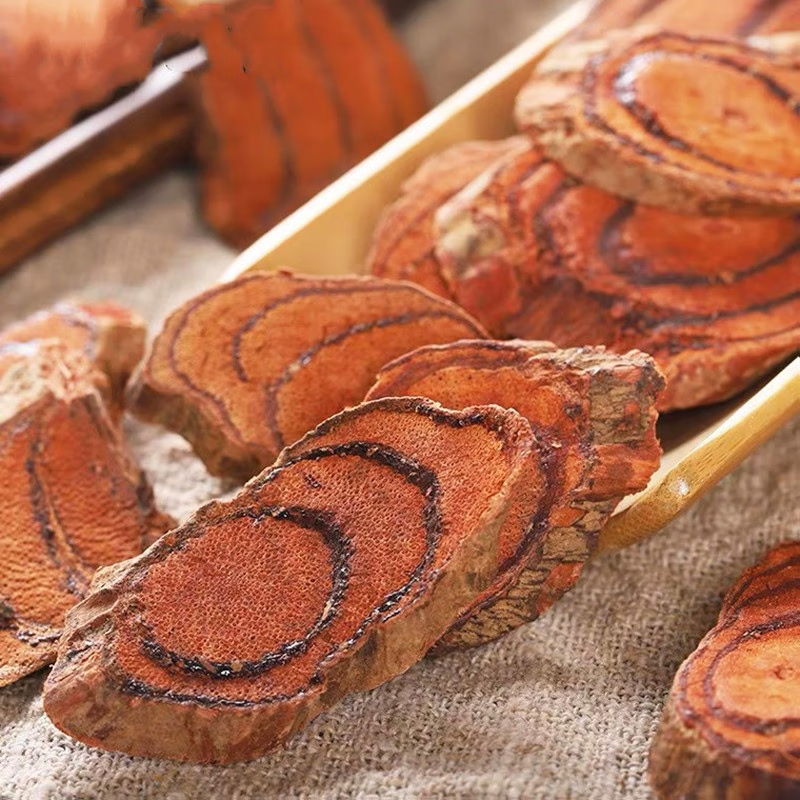

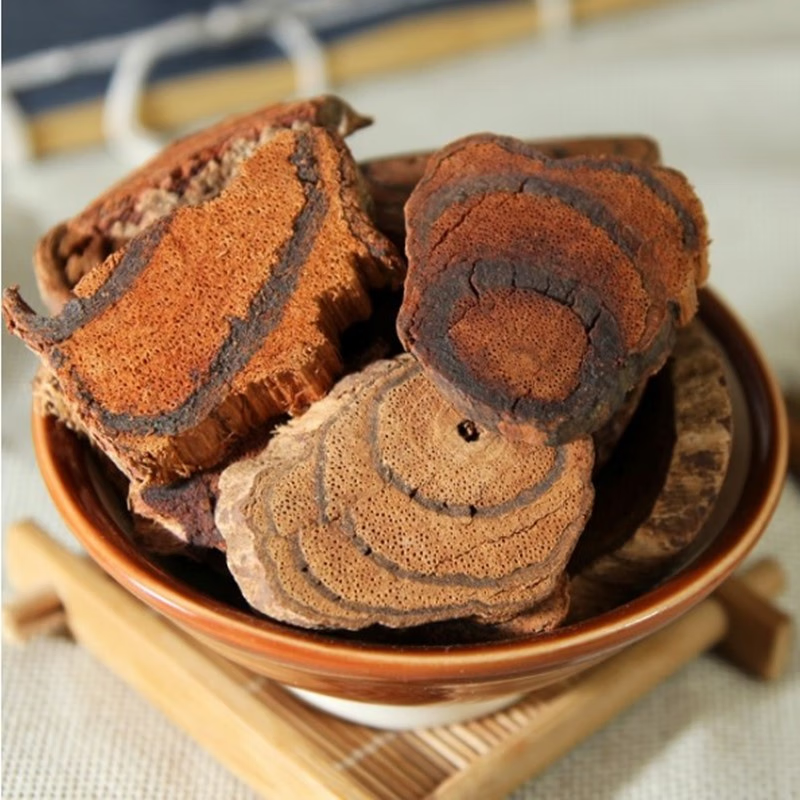

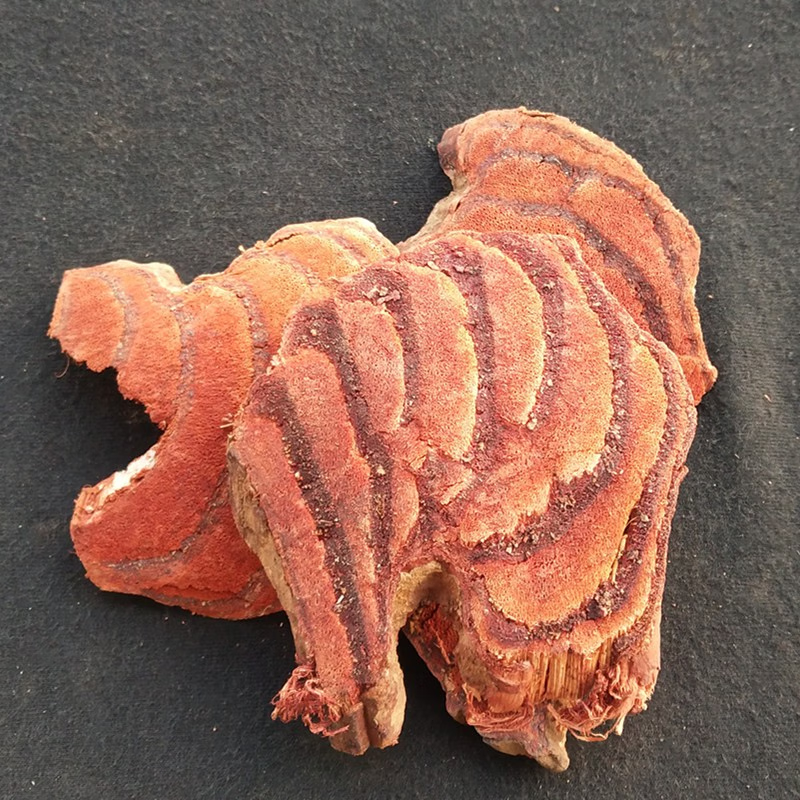

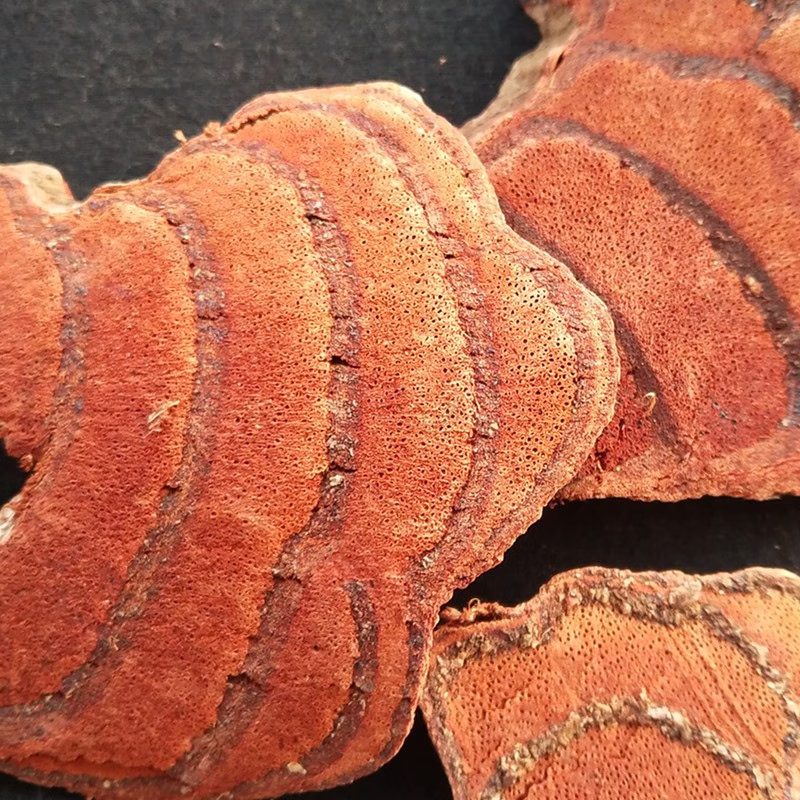

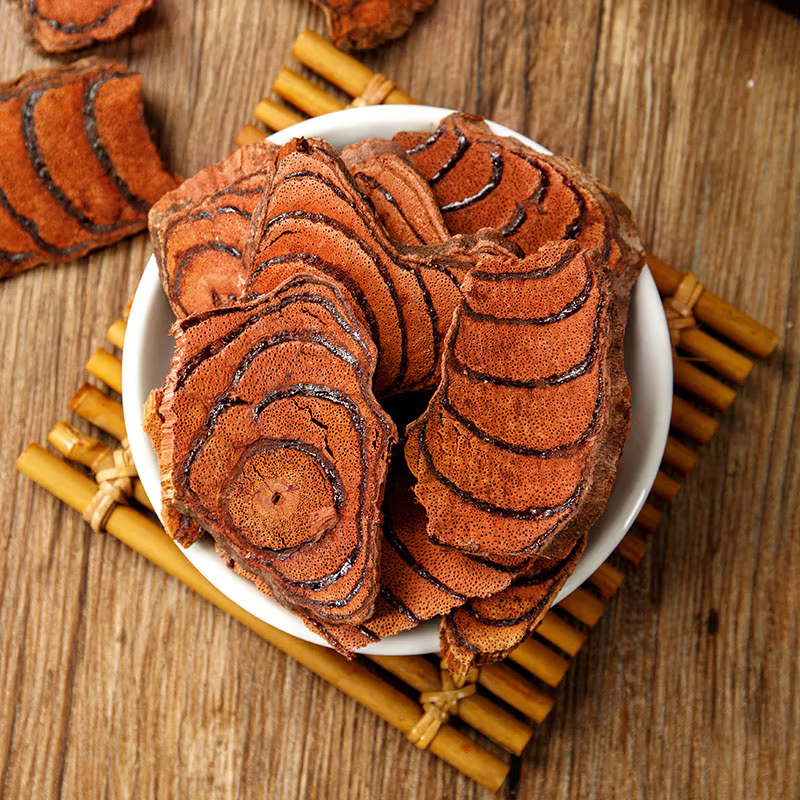
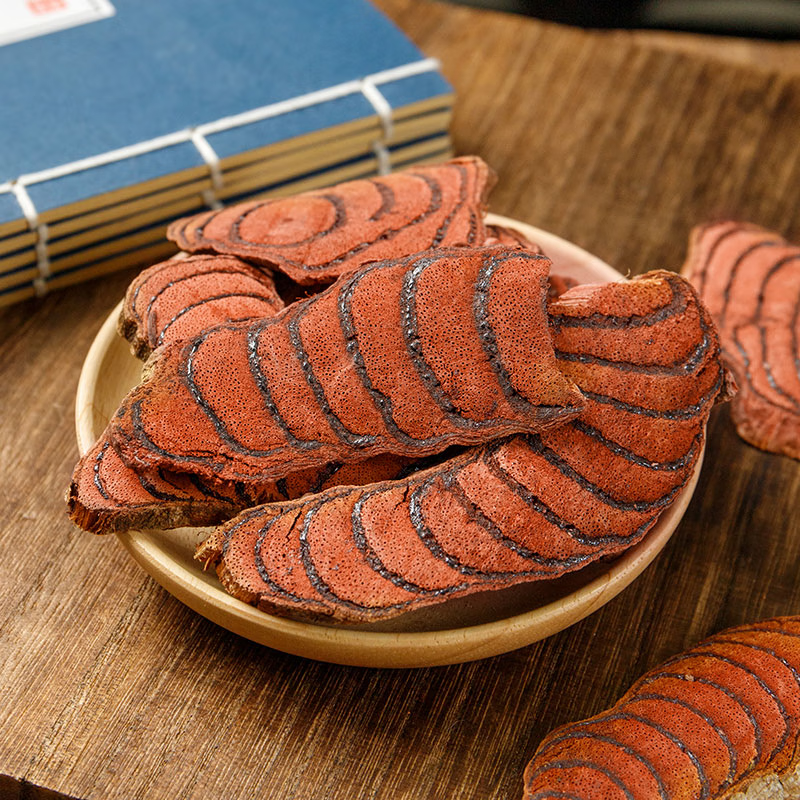





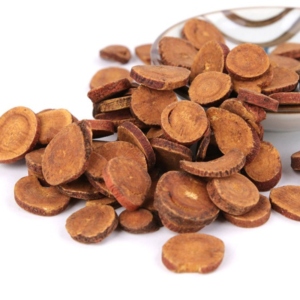

Yorumlar
Henüz yorum yok.